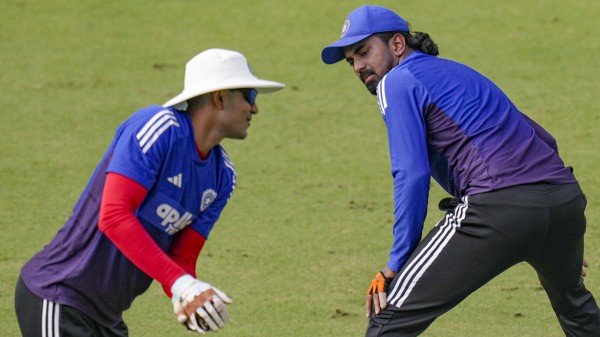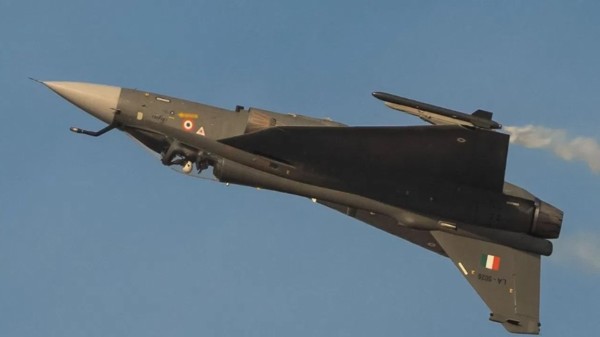

By signing in or creating an account, you agree with Associated Broadcasting Company's Terms & Conditions and Privacy Policy.


By signing in or creating an account, you agree with Associated Broadcasting Company's Terms & Conditions and Privacy Policy.

On 03 November 2025, ISRO successfully conducted an Integrated Main Parachute Air Drop Test at the Babina Field Firing Range (BFFR) in Jhansi, UP. The test is a part of a series of IMATs to qualify the parachute system for India's ambitious Gaganyaan programme to lift humans to Earth orbit and return them safely to the ground using domestic hardware. The test was conducted by the Vikram Sarabhai Space Centre (VSSC) under ISRO, the Aerial Delivery Research and Development Establishment (ADRDE) of the DRDO, the Indian Air Force and the Indian Army, and marks a significant step towards qualifying the parachute system for human spaceflight.
The Gaganyaan crew module will use a series of 10 parachutes of four types to shed the velocity of the crew module following its reentry into the atmosphere of the Earth at the end of a mission. First two apex cover separation parachutes deploy to pull out a protective cover of the parachute system, followed by a pair of drogue parachutes that slow down and stabilise the crew module, that then release three pilot parachutes that extract the three main parachutes. The main parachutes deploy in a process known as reefed inflation, where the parachutes first open partially, known as reefing, and then open fully with the use of a pyro device, known as disreefing.
The test evaluated the performance of the system in an extreme scenario, with a delay in the disreefing between two main parachutes. The test validated the maximum design of the main parachutes, as well as the structural integrity and load distribution under asymmetric disreefing conditions. For the test, a simulated mass equivalent of the Gaganyaan Crew Module was dropped from an altitude of 2.5 km using an IL-76 aircraft of the Indian Air Force. The parachute system deployed as planned, with the sequence executed flawlessly., allowing for a stable descent of the test article and a soft landing, validating the robustness of the parachute system. The Gaganyaan crew modules will splash down in the oceans, with the Gaganyatris being extracted by recovery ships of the Indian Navy.








